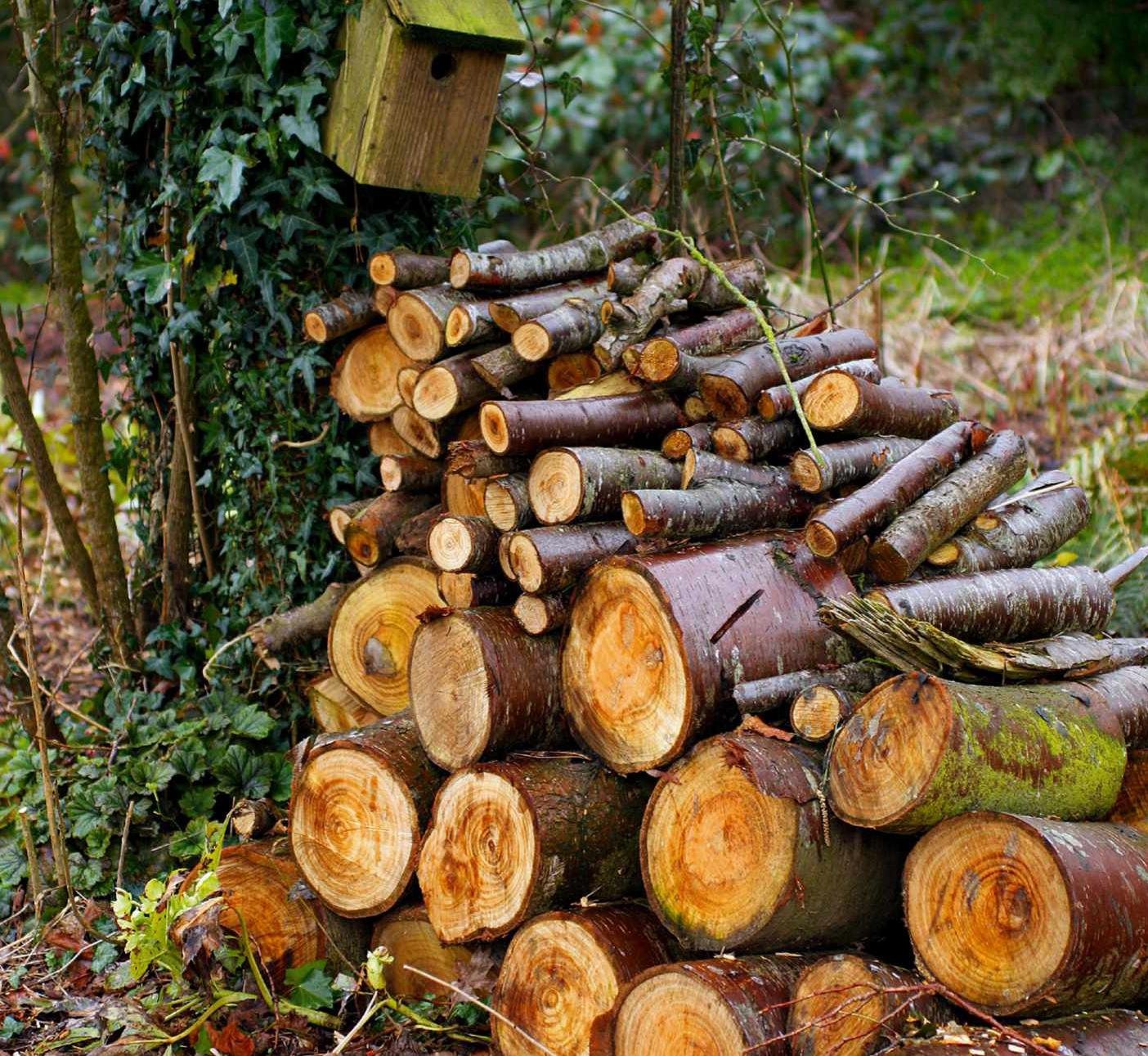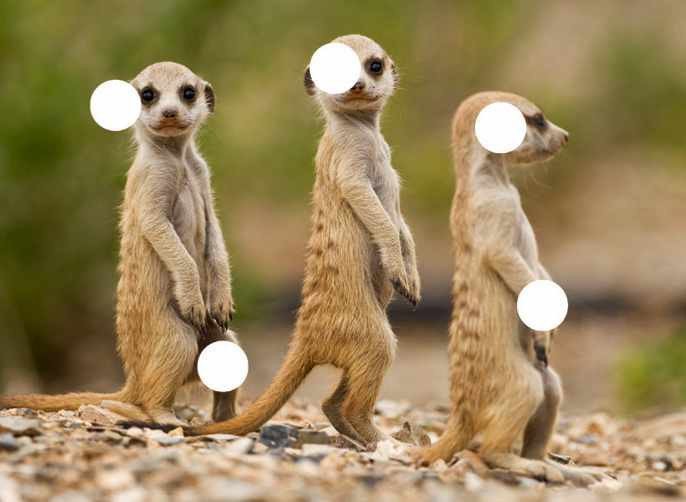
Suprises lurk at the bottom of the back garden
These last few years have been eye-opening in various ways to us all, but something that has definitely come out of it for me is the power of my back garden to lift the spirits. There is nothing better than exploring a corner that hasn’t been weeded in a while, or visiting my log pile to see what lurks there. But there is one area that everyone avoids. To best explain, I wrote a poem about it, which I would love to share with you…
At the end of my garden there’s a spiky plant.
No one goes near it, partly due to the needle-like leaves, partly because it’s in the dark shady bit, under the trees.
What an unsightly thing from bottom to top it goes from bare, leathery bark to the caracasses of last year’s leaves standing like a dagger, unsheathed.
And – if you catch if off guard – you may see its children; small, purple berries swelling up from within, poisonous and sharp to taste, reminding you of your rightful place.
Treat for the weekend
The scene of BBC Wildlife magazine coming in the post catches my smile and built-up anticipation off-guard every time as I secretly tell myself I will be binging it at the weekend as usual. Reading articles from some of the best authors and editors, who share and illustrate their experiences and knowledge, makes time disappear for a good while and encourages me to be a better guardian of nature. Huge thanks to you all for loving our mother nature.
PAUL MCGUINNESS REPLIES:
Thanks for your kind words, Alexander. Every month, we finish the latest issue in a mad whirl of panic and exhaustion, so it’s gratifying to hear that all our efforts are not in vain!
Whoooo is that?
A great magazine but I am sure I have noticed that you often do not tell us what the picture across pages 4 and 5 is of? So the October magazine fails to identify the bird on page 5. A little owl, perhaps? I am sure last month’s magazine had the same ‘error’.
CATHERINE SMALLEY REPLIES:
The image next to our flannel panel is one of very few in the magazine that doesn’t have a caption. In future, we will endeavour to include the species name in the credit which runs along the side of the image. The October issue featured a northern hawk owl.
Size matters
I read with some alarm on page 96 of the December issue that the European yellowtailed scorpion was “up to 45cm in length”. On checking, I was greatly relieved to find that it was in fact only about 4.5cm.
MEGAN SHERSBY REPLIES:
You’re absolutely right, that should have read 45mm or 4.5cm – a scorpion measuring almost half a metre in length would be alarming indeed! Unfortunately, errors like this do very occasionally slip under our radar and into print, despite our best efforts.
A king that kills animals
I noted with some bemusement that the December issue editor’s letter stated that the new King was “always an outspoken conservationist” and asked whether, as King, he will “still be able to champion conservation and wildlife issues”.
This is the same man who petitioned Tony Blair’s government against introducing a hunting ban. This is also the same man who actively shoots game birds – with all the issues associated with that particular blood sport. In short, this is a man who actively takes pleasure in the killing of animals. I’m not entirely sure what his contribution to conservation is, other than glaring hypocrisy.
You do yourself and your publication no favours by participating in the greenwashing of the Windsors.
Why squirrels nibble nuts
I recently watched interesting behaviour of a grey squirrel searching for and digging out a buried acorn. It appeared to nibble it, turn it around several times, then bury it in a different place. It could be checking its stash – but surely it wouldn’t nibble the acorn and break the seal of the shell? I would be grateful for enlightenment.
Martin Woolley, via email
JOHN GURNELL, EDITOR-IN-CHIEF OF MAMMAL COMMUNICATIONS REPLIES:
During the autumn, grey and red squirrels store tree seeds to be reclaimed and eaten when food is less abundant. They bury the seeds in small groups of one to three items, just below the surface – a behaviour known as scatterhoarding.
Acorns are favoured by grey squirrels and you may see them dig up an acorn, nibble one end, then re-bury it, maybe in a different hole. Why do they do this? Acorns of our native oak species belong to a group that start to germinate in autumn, and squirrels slow or stop the germination of the acorn by biting off the radicle, which would eventually form a root. In this way, they keep the food intact over the winter period for later consumption in the spring.
Reading for pleasure
I was thrilled with the December issue. I found Lucy Cooke’s ‘Female of the Species’ column on Darwin’s bark spider fascinating. If I am ever asked what animal I find the most interesting, it would have to be it!
Chris Packham’s feature ‘The Power of Poo’ was funny and hugely informative. Just goes to show how we are still finding miracles in nature.
I was also so pleased to read that the red flesh of the yew berry is not poisonous. [Please note that the yew seed is poisonous!] I shan’t do it, but I’d love to scare my family by popping one in my mouth on a walk!
Thank you so much for producing these wonderful magazines.
Answers to Spot The Difference

GET IN TOUCH
wildlifeletters@immediate.co.uk
Post
BBC Wildlife, Eagle House Bristol, BS1 4ST
By contacting us you consent to let us print your letter in BBC Wildlife. Letters may be edited.